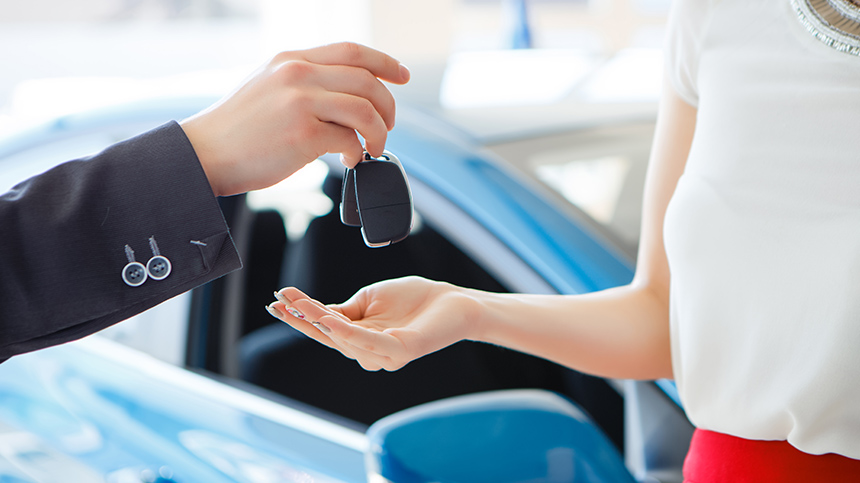December sales rush unable to offset 2022 dip

The UK new car market recorded its fifth consecutive month of growth in December, with an 18.3% increase to reach 128,462 new registrations.
However, the Society of Motor Manufacturers and Traders has reported that despite a strong second half to 2022 overall registrations for the year fell two per cent to 1.61 million, which is around 700,000 units below pre-Covid levels.
Meanwhile, battery electric vehicles (BEVs) claimed their largest ever monthly market share in December (32.9%), while for 2022 as a whole they comprised 16.6% of registrations, surpassing diesel for the first time to become the second most popular powertrain after petrol.
Plug-in hybrids (PHEVs) saw their annual share decline to 6.3%, meaning that combined, all plug-in vehicles accounted for 22.9% of new registrations in 2022.
But the SMMT has warned that more needs to be done to support the uptake of electric vehicles. It says that while the industry recognises the need for fair vehicle taxation, plans to introduce VED on BEVs from 2025 with the same ‘premium’ threshold as internal combustion-engine cars will disproportionately penalise those moving to electric.
It also says that chargepoint provision remains a barrier to EV uptake. To reach the government’s minimum target of 300,000 chargepoints by 2030, 100 new chargers would have to be installed every day. The current rate is around 23 per day.
Mike Hawes, SMMT chief executive, said: “The automotive market remains adrift of its pre-pandemic performance but could well buck wider economic trends by delivering significant growth in 2023. To secure that growth – which is increasingly zero emission growth – government must help all drivers go electric and compel others to invest more rapidly in nationwide charging infrastructure. Manufacturers’ innovation and commitment have helped EVs become the second most popular car type. However, for a nation aiming for electric mobility leadership, that must be matched with policies and investment that remove consumer uncertainty over switching, not least over where drivers can charge their vehicles.”






